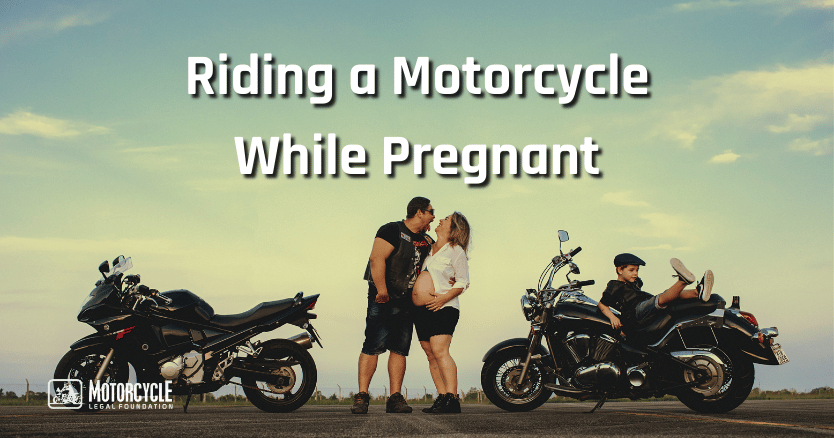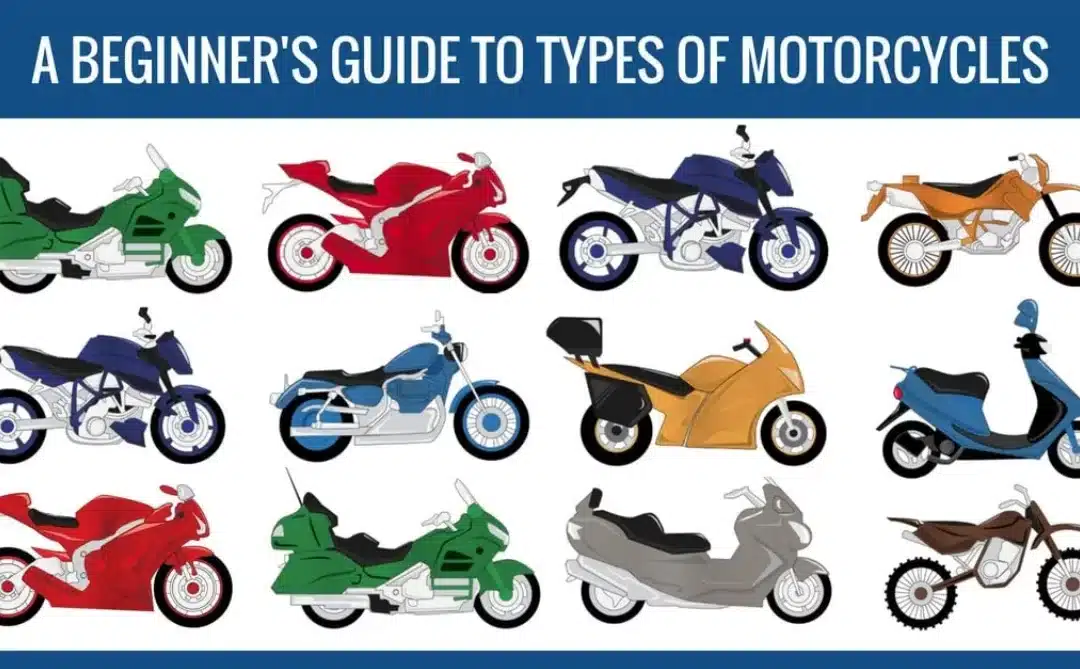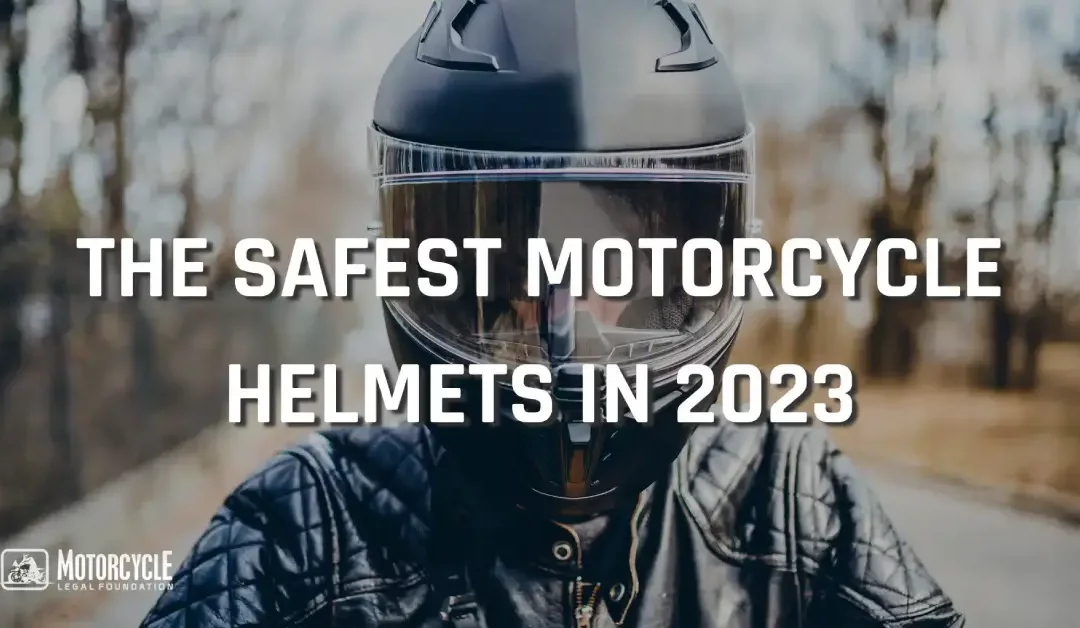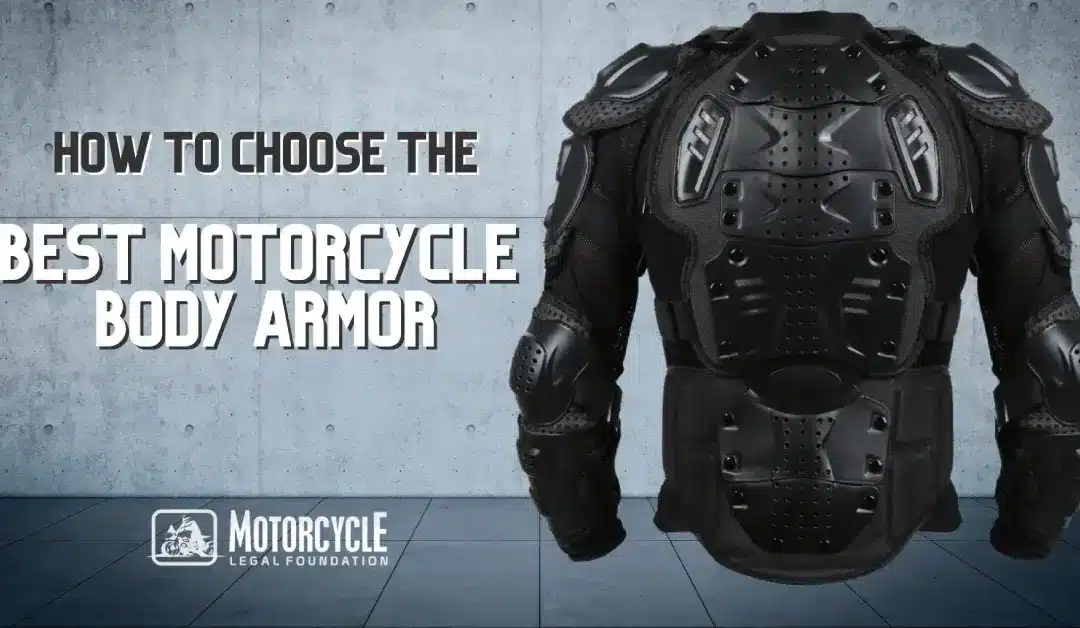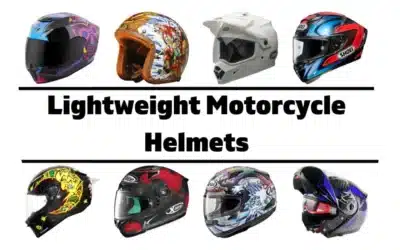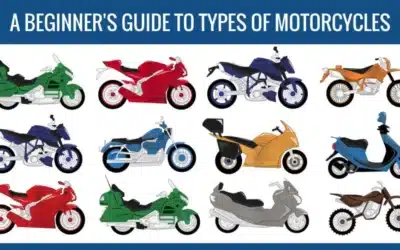Can You Ride A Motorcycle While Pregnant? Facts and Tips
Introduction
The U.S. Department of Health and Human Services recommends that women remain physically active during pregnancy to reduce the risk of complications, such as gestational diabetes and preeclampsia. It encourages a continuation of running and other forms of vigorous activities that you engaged in before the pregnancy as well as suggesting that you introduce physical activities into your life while pregnant.
If you ride a motorcycle before pregnancy, do government recommendations about staying active include riding on a motorcycle during pregnancy. With 22% of Gen X and 26% of Gen Y women owning motorcycles, it seemed like the right time to get an answer to the question: Can you ride a motorcycle while pregnant?
The answer, which may not surprise anyone, is not a straightforward yes or no. Here is what we discovered that may be helpful should you be pregnant and wondering if it’s safe to continue riding on a motorcycle.
Can you ride a motorcycle while pregnant? The Risks
The activity of riding a motorcycle does not necessarily pose more of a danger to a rider who is pregnant than it does to riders who are not. However, as with any physical activity that you do while pregnant, listen to your body and get advice from your physician or other health care professional. Your doctors can evaluate your physical condition and help you determine whether riding a motorcycle while pregnant or other type of physical activity is appropriate.
Some of the health benefits of riding a motorcycle include:
- Improves muscle tone: Maintaining the posture needed to keep you and your motorcycle in an upright position works your core muscles. Use of muscles in the neck, arms and legs helps make them stronger even though you may experience some soreness if you haven’t ridden for a while.
- Keeps you mentally alert: If you don’t want to crash, you have no choice except to stay alert and focused when riding on a motorcycle. Not only must you be aware of what you are doing, but you also must keep a constant lookout for other vehicles whose drivers may not see you.
- Prompts good mental health: There is a peace and calm associated with riding a motorcycle. Riding without being confined in a glass and metal enclosure frees your senses to experience nature in ways that you cannot do in other types of vehicles.
Other benefits include fuel efficiency and the ability to explore places that may be unavailable to other types of vehicles. However, there are risks that come with motorcycling.
Riding motorcycles, unlike other types of activities that you participate in, subject you to the risk of injury. Unlike riding in an automobile, motorcycles offer little to no protection for riders in the event of a crash. This is supported by the most currently available data from the National Highway Traffic Safety Administration showing that motorcycle riders are 28 times more likely to be killed in a crash than are occupants of cars and other types of vehicles.
Risks that you may face when riding while pregnant include:
- Excessive strain on your body: The strain of riding causes your heart rate to go up and increase adrenaline and steroid hormones produced by your body. Excessive levels of cortisol, which is referred to as a stress hormone, affects most organs and tissue throughout your body and may affect fetal development.
- Falls: A fall while riding increases the risk of an abdominal injury. An injury may occur even from a fall that is not caused by a crash. For example, if your foot slides on loose gravel, sand or oily residue on the road as you come to a stop, it could cause you to fall with the weight of the bike on top of you. If you do not suffer an injury in the fall, you could be injured from straining to free yourself from the weight of the motorcycle.
- Maintaining balance and control: As your body changes during pregnancy, it may become harder to maintain your balance while riding. As the fetus develops, it may be difficult to maintain a safe and comfortable riding position as a passenger.
- Rough roads and terrain: The bumping and jarring of rough roads and off-road terrain can put an excessive strain on you and the baby you are carrying.
Motorcycle safety gear helps to keep riders safer from the risk of an injury than riders who choose to not wear helmets, jackets reinforced with armor, and other types of safety gear currently available from retailers.
Precautions and tips
If you depend on a motorcycle to get to work or school, giving up your motorcycle may not be an option for you unless your doctor tells you not to continue riding while pregnant. Or, you may be someone whose love of riding is so strong that giving up your motorcycle will have to wait until you get a negative response from your doctor when you ask, “Is it safe to ride a motorcycle while pregnant?” Here are some tips to extend how long can you ride a motorcycle while pregnant:
- Wear a helmet and motorcycle safety gear: Numerous studies prove that motorcycle helmets save lives by protecting your head from injuries in an accident, so buy and wear a good-fitting helmet that has been certified as crash worthy. A full-face helmet also protects your face from contact with the ground or objects in a crash. Wearing padding gloves and jackets and motorcycle pants provided additional protection against the elements as well as against the cuts, scrapes and impact of a crash or fall.
- Avoid long rides: It takes a good deal of physical effort to handle a motorcycle, so long rides can be tiring particularly for someone who is pregnant. Apart from the strain being tired and fatigued causes to your body, it’s hard to maintain the mental alertness motorcycle riders need to be safe when you are tired. Listen to your body to decide how long can you ride a motorcycle while pregnant.
- Maintain a safe speed: Speeding cuts down on the time you have to react to other vehicles, road hazards and other situations that can cause you to crash. It takes longer to safely stop a motorcycle when you are speeding than at slower speeds.
- Be a careful and responsible rider: Obeying the traffic laws; avoiding risky behaviors, such as changing lanes without looking or signaling; and leaving enough distance between yourself and other vehicles are important rules for any rider. They take on added importance when you have yourself and an unborn child to protect. Above all else, ride defensively and look out for other motorists.
- Check the weather before heading out: Rain, snow and ice create dangerous and treacherous road conditions that cause accidents, so avoid riding under such conditions whenever possible.
- Dress for the weather conditions: Riding in cold or wet weather is never pleasant, so be prepared by dressing for the elements. Wear warm, waterproof clothing, including gloves to keep you comfortable and to prevent cold temperatures from impairing your ability to handle the controls of your motorcycle.
- Avoid rough roads and terrain: Bumpy, uneven roads or trails place additional strain on your body and should be avoided during pregnancy. If you inadvertently find yourself on a bumpy or uneven road, slow down to reduce the effect it has on your body.
Finding out that you are pregnant is not the time to take up motorcycle riding for the first time. If you are in the learning phase of motorcycling, you should consider putting the lessons on hold until after the baby is born.
Leaving the operation of a motorcycle to someone else naturally leads to the question, “Can I ride passenger on a motorcycle while pregnant?” You can as long as you follow the same rules and safety precautions outlined in this article and have confidence in the ability of the motorcycle operator to follow them as well.
Choosing a motorcycle to ride while pregnant
Motorcycles are not one-size-fits-all by any means, which we’ve covered in other articles about choosing motorcycles that fit the rider. For example, female riders with shorter legs than their male counterparts may find that a cruiser type motorcycle fits them better than a sportbike because of a lower seat height that makes it easier to get the soles of both feet firmly on the ground when stopped.
Seat height and overall weight of a motorcycle need to be taken into consideration when choosing a bike that fits the height and strength of a rider. Riding experience is another factor to keep in mind because an 1100 cc motorcycle in the hands of a novice may not be as good a fit as a motorcycle with less power. Fitting the bike to the rider increases likelihood that the person will be able to safely handle and control it.
A motorcycle that makes it easier for its rider to mount and dismount, reach the controls, and keep it upright when stopped is essential should you ride a motorcycle while pregnant. A lighter weight bike is easier to handle when stopped and a seat height that lets you get on and off without straining yourself while also allowing you to stand with both feet flat on the ground is essential during pregnancy and, for that matter, at other times, as well.
Lightweight cruisers may be your best option because they typically have lower seats than sportbikes or dirt bikes. If you want to go all out for safety, trikes, which are three-wheeled motorcycles, are easier to balance and more stable than two-wheeled bikes.
Mopeds and scooters may offer an alternative to riding a motorcycle while pregnant, particularly for someone who uses it as their only means of transportation. Mopeds and scooters are lightweight, super-easy to operate and control, and less powerful than motorcycles.
Engines on scooters generally range from 50 cc to 250 cc though you can find scooters with larger engines that rival the power of a motorcycle. Mopeds, on the other hand, typically have engines up to 50 cc.
Conclusion
Is it safe to ride a motorcycle while pregnant is something that only you and your health care provider can decide after weighing the risks. Take proper precautions and wear a helmet and appropriate safety gear if you ride, and remember to ride defensively at all times.

